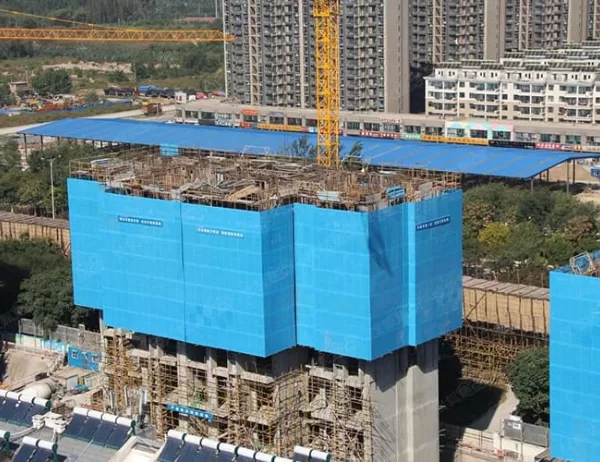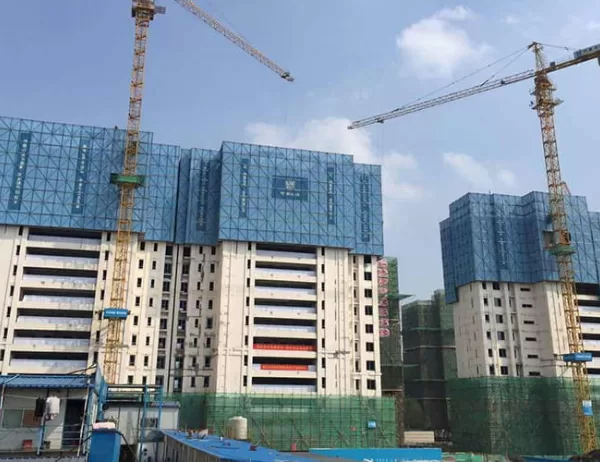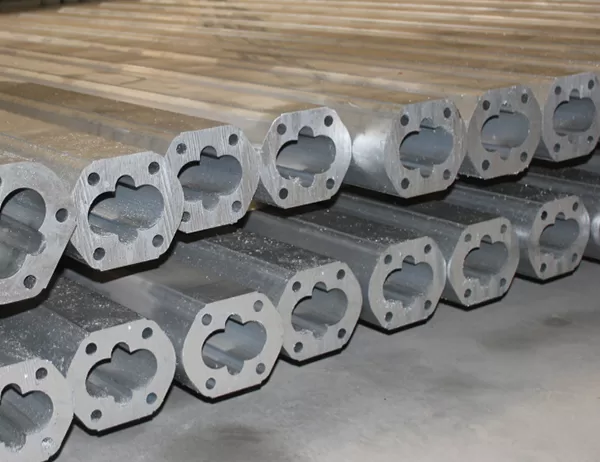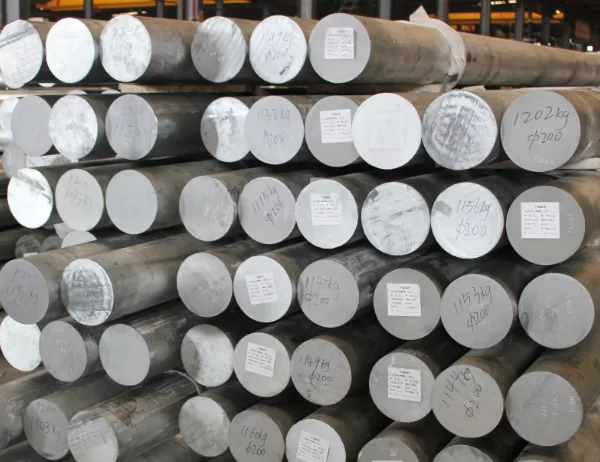Aluminium extrusion has revolutionized the architecture and construction industry through its versatility, durability, and aesthetic appeal. Aluminium moulding profiles, specifically, have become a popular choice for a wide range of applications due to their superior properties compared to other materials. This article presents a comprehensive comparison between aluminium moulding profiles and other materials, highlighting the advantages and disadvantages to aid decision-making.
Strength and Durability
Aluminium moulding profiles are renowned for their exceptional strength and durability. Aluminium alloys used in extrusion possess high tensile strength and yield strength, making them resistant to bending, twisting, and warping. They are also highly impact-resistant, providing excellent protection against damage from external forces. In contrast, materials such as wood and PVC may exhibit lower strength and are more susceptible to wear and tear over time.
Corrosion Resistance
Aluminium is highly resistant to corrosion, making it ideal for exterior applications. The natural oxide layer that forms on the surface of aluminium acts as a protective barrier against rust and degradation. This eliminates the need for additional coatings or treatments to enhance longevity. On the other hand, materials like iron and steel are prone to rusting, requiring regular maintenance and replacement to prevent premature failure.
Lightweight and Flexibility
One of the key advantages of aluminium moulding profiles is their lightweight nature. They are significantly lighter than steel or wood, making them easy to handle, transport, and install. This lightweight design also reduces the overall weight of the structure, potentially resulting in lower construction costs. Additionally, aluminium’s flexibility allows for intricate shaping and bending, enabling architects and designers to create unique and complex profiles.
Thermal and Electrical Conductivity
Aluminium possesses excellent thermal and electrical conductivity. This makes aluminium moulding profiles suitable for applications where heat dissipation or electrical conductivity are crucial. For instance, in heat exchangers and electrical components, aluminium’s high thermal conductivity enhances performance and efficiency. In contrast, materials such as plastic and wood have poor thermal conductivity and are not suitable for heat-sensitive applications.
Aesthetics and Customizability
Aluminium moulding profiles offer a wide range of aesthetic options. They can be anodized, painted, or coated with various finishes to achieve specific colors, textures, and metallic effects. This allows designers to match or complement the surrounding décor seamlessly. Furthermore, aluminium’s versatility enables the creation of custom profiles in different shapes, sizes, and cross-sections, providing unlimited design possibilities.
Conclusion
When choosing materials for moulding profiles, it is essential to consider the specific requirements of the application. Aluminium moulding profiles excel in various aspects, including strength, durability, corrosion resistance, lightweight, flexibility, thermal and electrical conductivity, and aesthetic versatility. Their superior properties make them an excellent choice for a wide range of projects, from exterior cladding and window frames to furniture and decorative elements.




